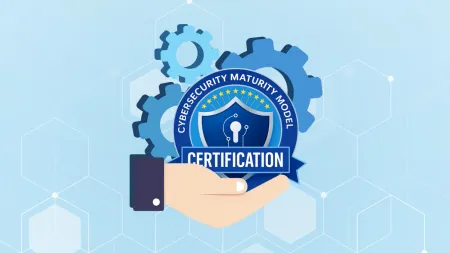
Why Hire an MSP for CMMC Certification Support
Learn why partnering with an MSP for CMMC certification support can streamline your path to compliance, reduce costs, and improve cybersecurity posture.
Explore related posts tagged with "NIST 800-171"

Learn why partnering with an MSP for CMMC certification support can streamline your path to compliance, reduce costs, and improve cybersecurity posture.

Learn how to migrate SharePoint data to GCC High to meet CMMC, NIST, and ITAR compliance requirements with this practical guide.
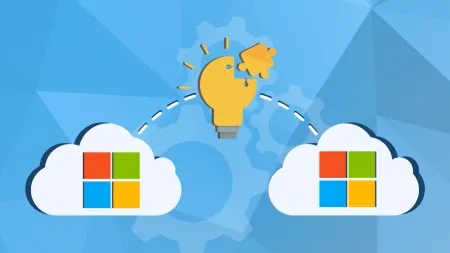
Learn how FedRAMP requirements impact Microsoft cloud tenant migrations and what regulated organizations must do to stay compliant.
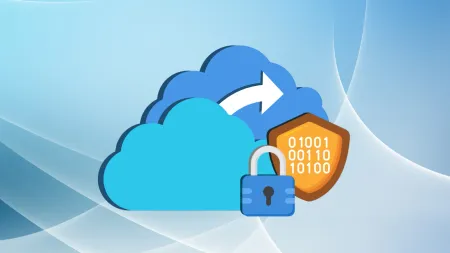
Learn how to implement encryption in Azure Backup to protect your cloud data. Discover key methods, tools, and best practices to ensure data confidentiality and compliance.

Discover the best practices for migrating email to GCC High. Ensure security, compliance, and business continuity throughout your transition.
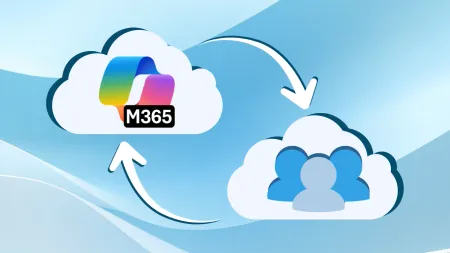
Ensure compliance with ITAR during Microsoft 365 tenant migrations. Learn how to protect export-controlled data and choose the right cloud environment.
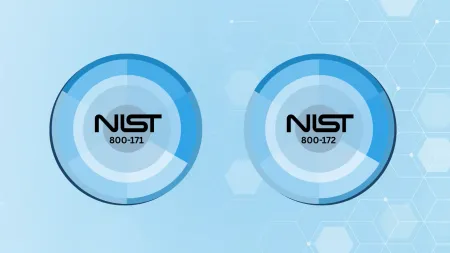
Explore the key differences between NIST SP 800-171 and NIST SP 800-172, including how 800-172 enhances security for protecting Controlled Unclassified Information (CUI) against advanced threats.
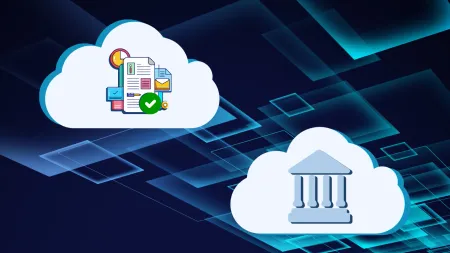
Learn how to execute a secure and compliant Microsoft 365 tenant-to-tenant migration for DoD subcontractors while protecting CUI and meeting DFARS and NIST 800-171.

Ensure compliance with NIST 800-171 when migrating Microsoft 365 tenants. Learn how to secure CUI, meet control requirements, and reduce migration risks.
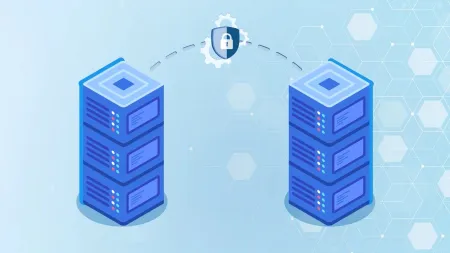
Learn how defense contractors can perform secure tenant-to-tenant migrations while protecting CUI and meeting DFARS and CMMC requirements.